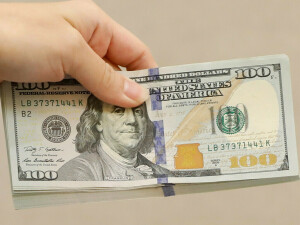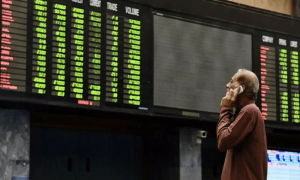SINGAPORE: Japanese rubber futures rose for a second session on Thursday, tracking oil gains and supported by China’s move to regulate electric vehicle sector competition, which could ease downward price pressure on the commodity.
The Osaka Exchange (OSE) rubber contract for December delivery ended daytime trade up 4.7 yen, or 1.47%, at 325.2 yen ($2.19) per kg. The rubber contract on the Shanghai Futures Exchange (SHFE) for September delivery rose 260 yuan, or 1.8%, to 14,665 yuan ($2,042.28) per metric ton.
The most active August butadiene rubber contract on the SHFE gained 100 yuan, or 0.87%, to 11,570 yuan ($1,611.26) per ton. China’s cabinet pledged on Wednesday to regulate “irrational” competition in the domestic EV sector through stricter cost and price monitoring. Lower automobile prices, driven by fierce competition, exert a downward pressure on rubber tyre prices.
The China Chamber of Commerce emphasised fair European Union market access for Chinese automakers after meetings between a CCCEU auto working group and EU trade officials. China and the EU are currently looking to replace existing levies on Chinese-made EVs with minimum prices. Elsewhere, the yen slid 0.4% to 148.44 per dollar. A weaker Japanese currency makes yen-denominated assets more affordable to overseas buyers. Oil prices rose on stronger-than-expected economic data from the world’s top oil consumers. Natural rubber often takes direction from oil prices as it competes for market share with synthetic rubber, which is made from crude oil.
Japan’s Nikkei climbed 0.2. Top rubber producer Thailand’s meteorological agency warned of heavy rains and accumulations that may cause flash floods and overflows from July 20-22.
The front-month rubber contract on Singapore Exchange’s SICOM platform for August delivery last traded at 168.5 US cents per kg, up 0.7%.

























Comments
Comments are closed.